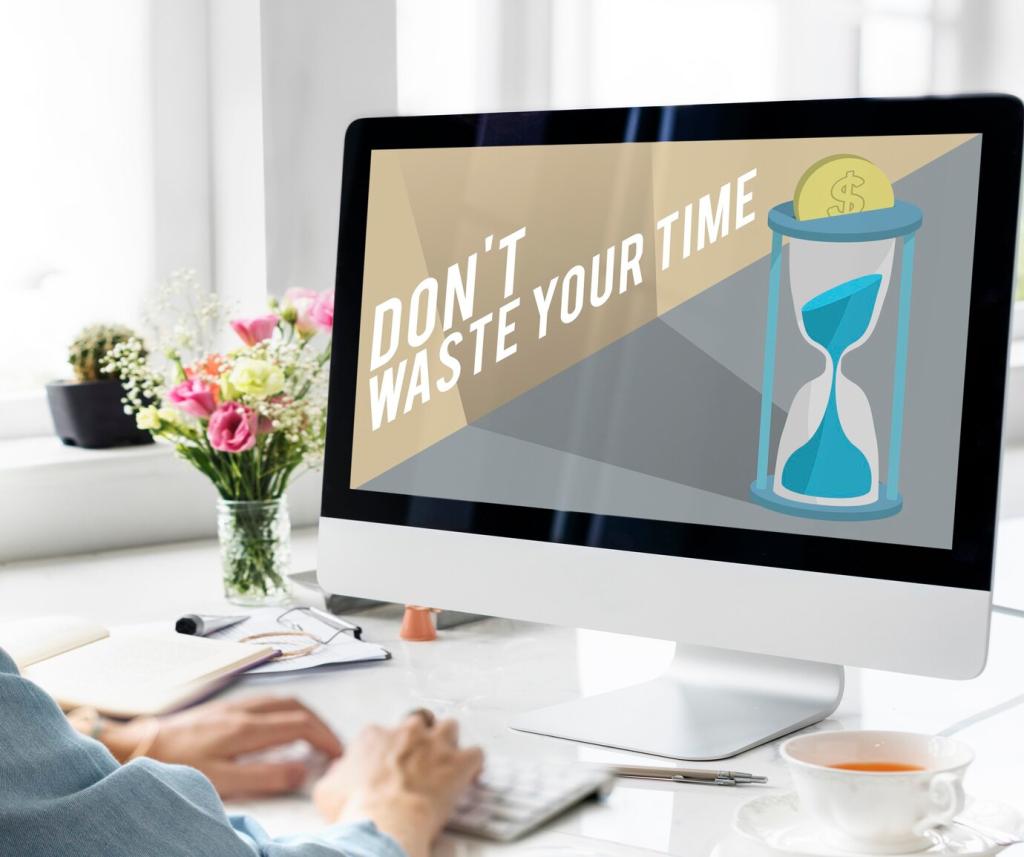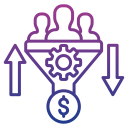Today’s chosen theme: Leveraging CRM Software for Funnel Optimization. Explore practical strategies, stories, and tactics that turn your CRM into the engine of predictable growth—then join the conversation, subscribe, and help shape our next experiments.
Capture the Right Signals
Start by capturing first-touch source, campaign, and key behavioral signals directly in the CRM. Log form fields, ad clicks, and content downloads as structured properties. The richer your signals, the smarter your routing, prioritization, and optimization loops become over time.
Stage Definitions Everyone Trusts
Define lifecycle stages with crisp entry and exit criteria so sales and marketing interpret progress identically. Document the rules in your CRM’s property help text. When everyone trusts stages, conversion rates reflect reality, not interpretation, unlocking faster, focused improvements.
Automations That Nudge, Not Nag
Use CRM workflows to send timely nudges based on intent, not generic calendars. Trigger follow-ups when buyers view pricing, revisit proposals, or stall at a stage threshold. Keep messages concise, helpful, and human. Ask readers: which intent signal drives your best nudge?
Data Quality: The Hidden Accelerator
Unify and Normalize
Pipe website forms, ads, events, and product usage into the CRM with consistent naming. Normalize picklists, countries, and job titles. The fewer variations your team fights, the faster your segmentation, scoring, and forecasting will illuminate stuck stages and quick wins.

Build segments from actions that signal intent: demo views, pricing visits, webinar replays, or trial feature usage. Combine behavior with firmographic fit to prioritize outreach. Behavior beats persona guesses—tell us which actions best predict buying in your world.

Attribution, Reporting, and Revenue Intelligence
Standardize UTM parameters and map them cleanly into CRM fields at creation. Lock down source definitions to prevent overwrites. When source data stays trustworthy, you can fund the channels that truly work and quickly retire campaigns that only look good superficially.
Track conversion between defined stages, not vanity KPIs. Build cohort views by first-touch month to spot seasonality and delayed effects. When a step dips, drill into records to diagnose causes. Comment with your essential funnel report and we’ll feature top examples.
Base forecasts on stage conversion averages and weighted pipeline, not wishes. Include win rate by segment and rep. When projections reflect real behavior, leaders can invest with confidence and avoid end-of-quarter scramble. Subscribe for our upcoming template bundle and walkthrough.


Sales–Marketing Harmony Inside the CRM
Document response-time SLAs and qualification criteria in the CRM. Auto-assign owners, set due dates, and alert leaders when breaches occur. Shared definitions eliminate finger-pointing and reveal true bottlenecks. How do you define a sales-ready lead in your CRM today?
Sales–Marketing Harmony Inside the CRM
Create handoff playbooks with required fields, discovery notes, and next-step tasks auto-generated at stage changes. Include context like campaign, content consumed, and goals stated. Smooth handoffs protect buyer trust and raise conversion without adding headcount or extra meetings.
Field Story: A Startup’s 90-Day Turnaround
They discovered a leak between MQL and SQL by comparing campaign cohorts and rep response times. The CRM’s stage-by-stage view made the drop obvious. Visibility created urgency, and urgency produced the will to redesign routing within a week.

